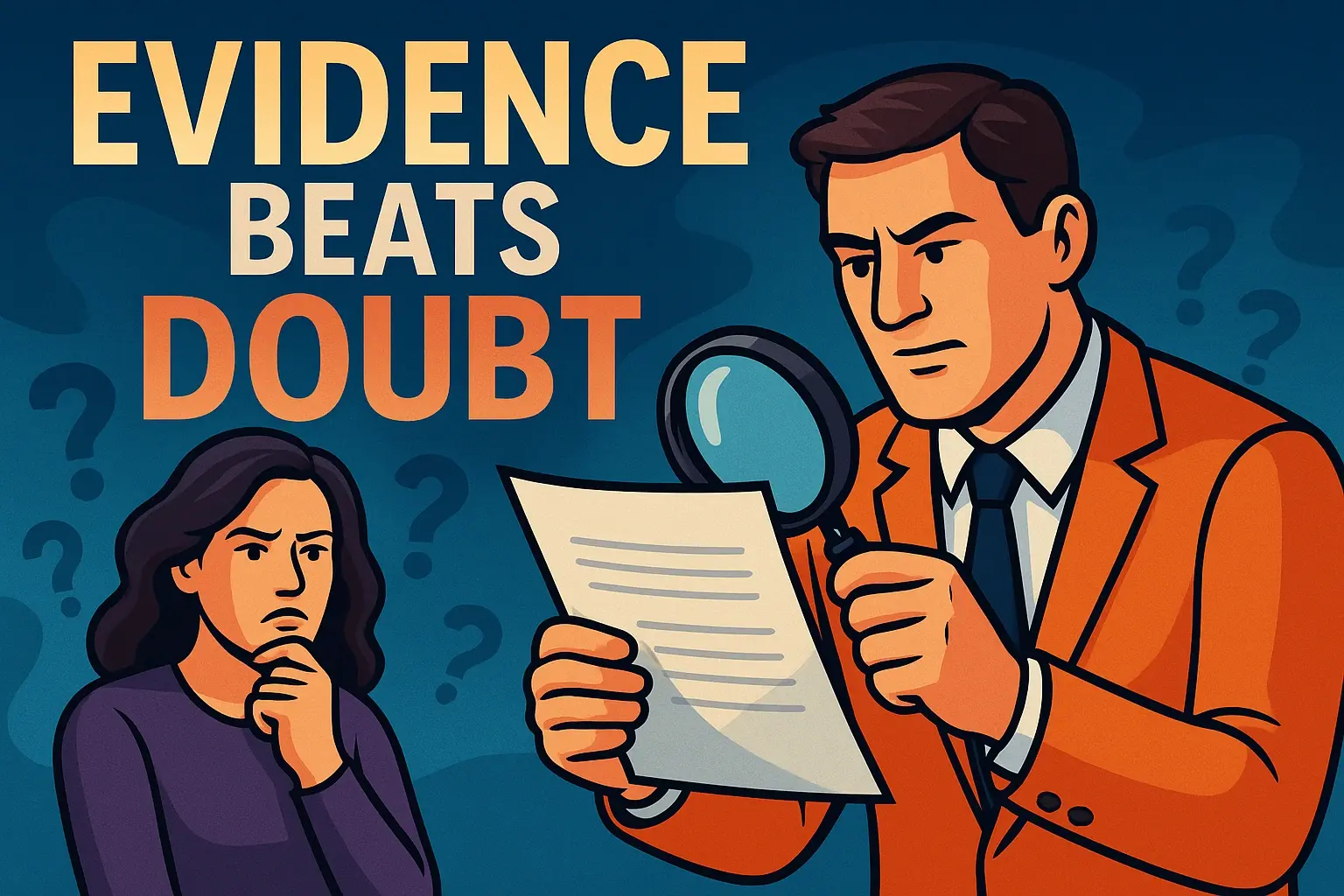Personal Development
Impostor Syndrome: Practical Tools to Handle It
By Gregory Lim · October 3, 2025
You can be competent, respected, even promoted—and still feel like you’re faking it. Impostor syndrome isn’t a diagnosis; it’s a brain habit: discount wins, magnify misses, and assume everyone else has it figured out. This guide replaces vague reassurance with a set of concrete moves that turn nervous energy into evidence, and evidence into confidence you can trust.

Introduction
Impostor feelings show up in high performers because standards rise faster than self-updates. New scope, new team, new stage—the brain seeks safety by scanning for threats (Was that question a hint I’m behind?). If you wait to feel confident before acting, progress stalls. Instead, treat confidence as a by‑product of doing the rep: collect evidence, run tiny tests, and ship small wins. In the pages below, you’ll debug the three loops that keep impostorism alive—uncertain goals, invisible progress, and ambiguous feedback—and install practices that keep you moving with steadier nerves.
See also: Impostor Syndrome: Practical Tools to Handle It, Engineer Focus Sprints That Beat Procrastination and Drift, Rebuild Motivation When Your Goals Stop Feeling Urgent
Name It, Normalize It, Narrow It
Start by labeling the experience without judging it: “My brain is predicting social risk.” That short phrase normalizes a very old alarm system (amygdala doing its job) and narrows the fear from “I’m a fraud” to “I’m reacting to uncertainty.” Then write a two‑column note: on the left, list situations that trigger the feeling (presentations, code reviews, new clients). On the right, define the smallest successful outcome for each. Shrink “ace the whole talk” into “deliver the opening story cleanly.” This closes the gap between your internal cinema and the actual task. Next, run a base‑rate check. Ask, “What would I predict about someone with my history?” List objective signals—shipped projects, peer feedback, promotions. That data becomes your pre‑commit evidence pack for days when your narrative spirals. The goal isn’t to argue with yourself forever. It’s to create a faster exit ramp from vague dread to specific action.
Convert Anxiety to Action With Tiny Proofs
Anxiety is unused energy. Spend it on proofs. Define a 30–60 minute “proof block” that advances one visible unit of value: write the experiment outline, ship the draft for early critique, push a small feature behind a flag. Make it safe to start by pre‑deciding the first keystrokes or sentences. If the block feels heavy, halve it and strip the goal to a cheeky minimum (“one ugly paragraph,” “one failing test”). After every proof block, log what changed in the world: a comment, a commit, a draft in someone’s inbox. Confidence comes from reality, not rumination. Build a streak of proofs and you’ll feel the floor rise under you—even when stakes are still high.
Install an Evidence Journal and a Feedback Circuit
Keep a lightweight evidence journal: each day, record one concrete contribution, one learning, and one thank‑you you received or gave. That’s three lines—no more. Evidence journals fight recency bias (the brain forgets wins) and build a searchable archive you can skim before big moments. Pair it with a feedback circuit to remove ambiguity. Pre‑write prompts that invite useful critique: “What’s the one risk you see?” “Which part felt most/least clear?” Ask two trusted people for quick, bounded feedback after you ship. Now you’re not waiting for unsolicited praise; you’re harvesting signal on a schedule.
Redraw Identity: Competitive With Yesterday, Generous With Others
Impostor spirals compare your behind‑the‑scenes with everyone else’s highlight reel. Replace “Am I as good as them?” with “Am I better than I was?” Track a personal metric that reflects practice (proof blocks completed, drafts shipped, reviews requested). This makes improvement visible and puts identity on a stable footing. Meanwhile, practice generous signalling: share notes, teach a trick you just learned, acknowledge teammates publicly. Paradoxically, helping others is the fastest way to see your own competence in action. You’ll watch people benefit from skills you forgot you had—and your brain will update accordingly.
Action Steps
- List three impostor triggers and rewrite each into a smallest viable win.
- Schedule two 45‑minute proof blocks this week with pre‑decided first steps.
- Start a three‑line evidence journal today (contribution, learning, thank‑you).
- Create a two‑question feedback request and ask two people after your next deliverable.
- Track a weekly practice metric (e.g., proofs shipped) and review on Fridays.
Key Takeaways
- Confidence is evidence‑powered: ship proofs, then consult your archive.
- Define smaller wins to escape perfection or paralysis.
- Feedback on a schedule beats waiting for unsolicited praise.
- Compare with yesterday, not with everyone’s highlight reel.
- Helping others surfaces your competence to yourself.
Case Study
Maya’s Promotion Without the Spiral
Maya, a senior IC, froze whenever a VP joined meetings. She documented the trigger and set a smallest viable win for exec calls: ask one clarifying question in the first five minutes. She paired that with two weekly proof blocks to ship small design artifacts early and a three‑line evidence journal. After four weeks, she had 8 artifacts, 12 journal entries, and three crisp notes from peers. The next time the VP showed up, Maya opened with her prepared question, referenced last week’s artifact, and later asked two teammates for targeted feedback. The feeling didn’t vanish, but the spiral never started. Her review cited “visible leadership” grounded in those proofs.
Resources
- Evidence Journal Template (Notion/Markdown)
- Feedback Prompt Pack (copy/paste)
- Guide: How to Run a 45‑Minute Proof Block
Quote Spotlight
“Evidence Beats Doubt”